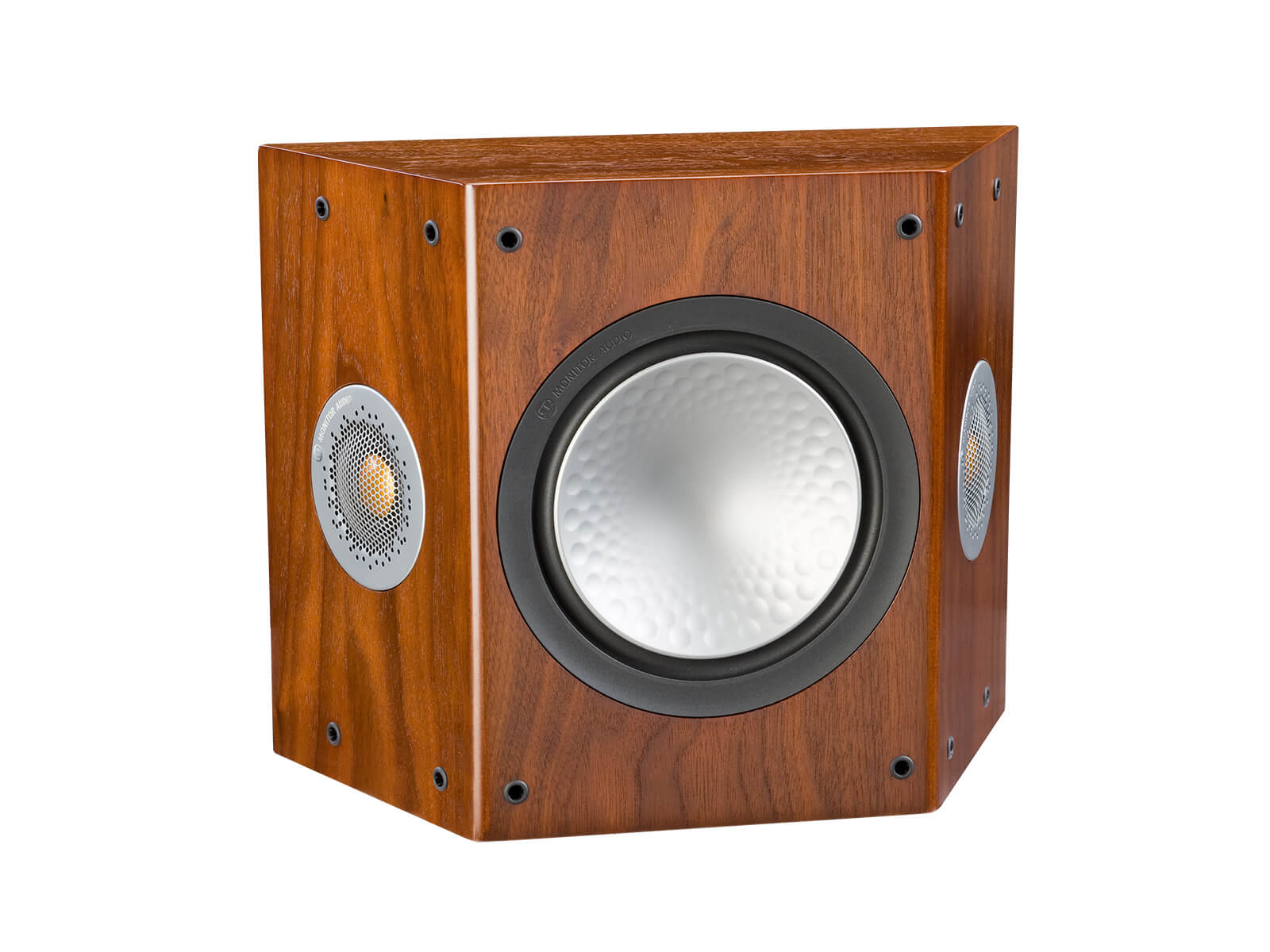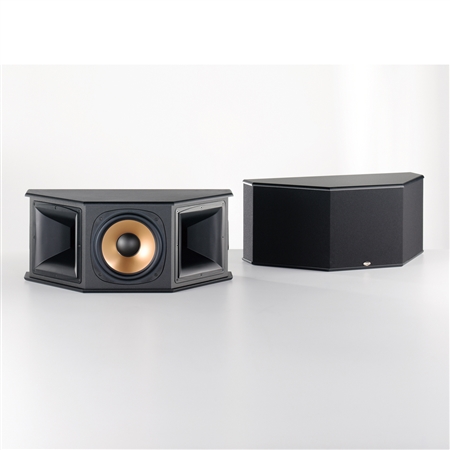That looks like one of your traditional bipole surrounds (they either are dual tweeter and dual woofer or single woofer and dual tweeter).Athena made something "Similar" to this, way back in the 90s. I owned them and they were quite decent for the price. Wonder how they would compare to the units under review?View attachment 124554
Monitor Audio still makes those kind as well as other companies:

Klipsch used to have these kind but now they are dual tweeter and dual woofer:

This Infinity is slightly different in that the woofer is on the rear. The difference would be that at the crossover frequency the interaction between them is with reflected sound and not direct.
I would very much like to see the measurements of a 2 woofer 2 tweeter bipole and a 1 woofer 2 tweeter bipole.
The SVS Ultra surrounds can switch from bipole, dipole, and 2ch (use dual binding posts where 1 pair is for side surround wiring and other pair is for rear surround wiring).
Last edited:


